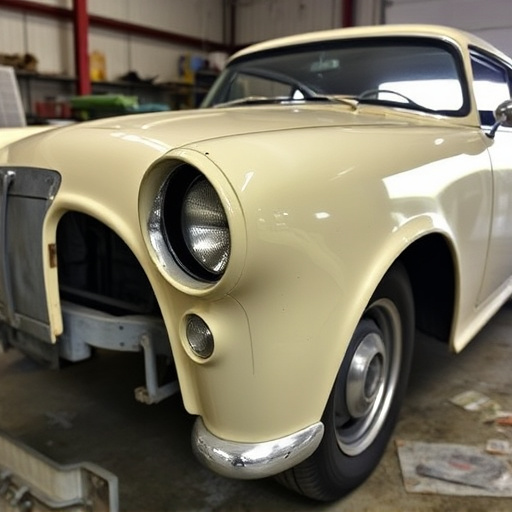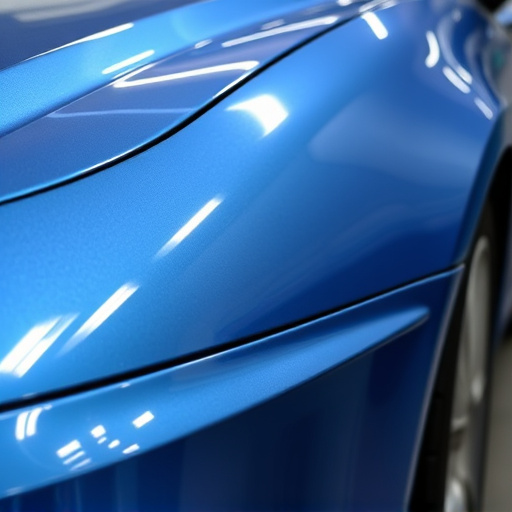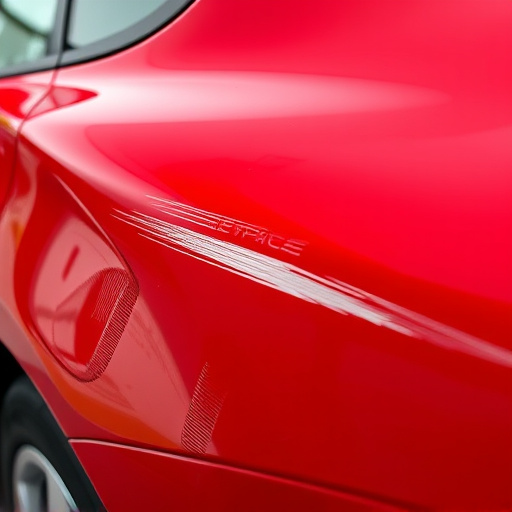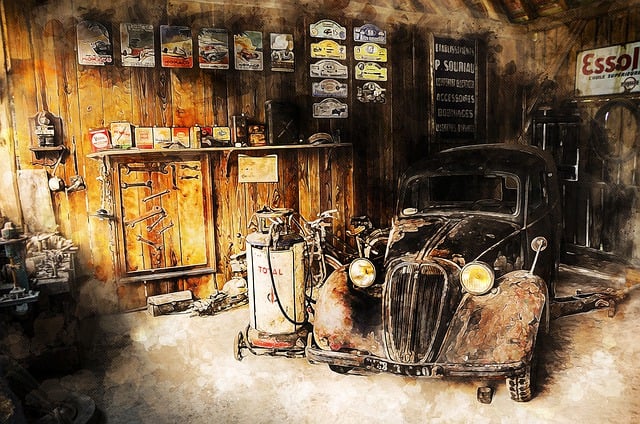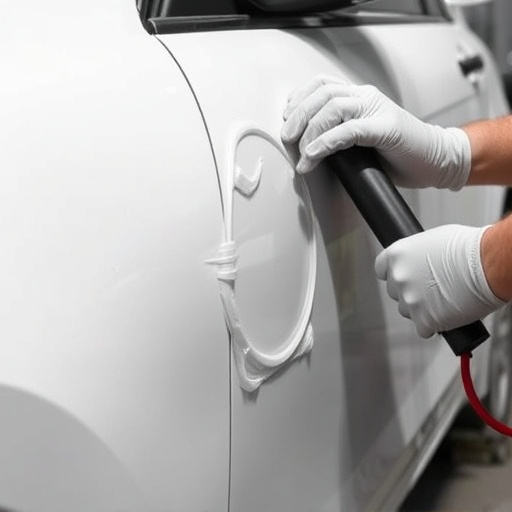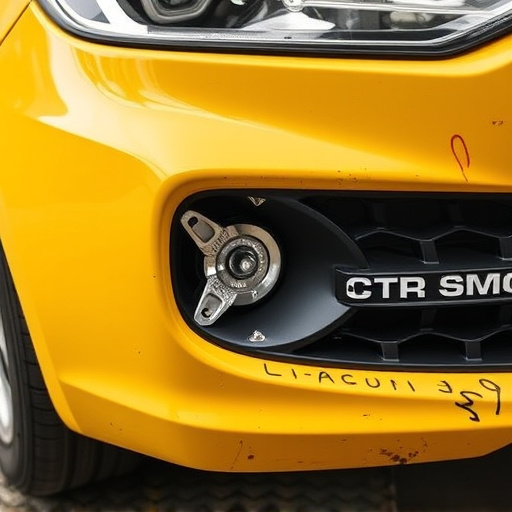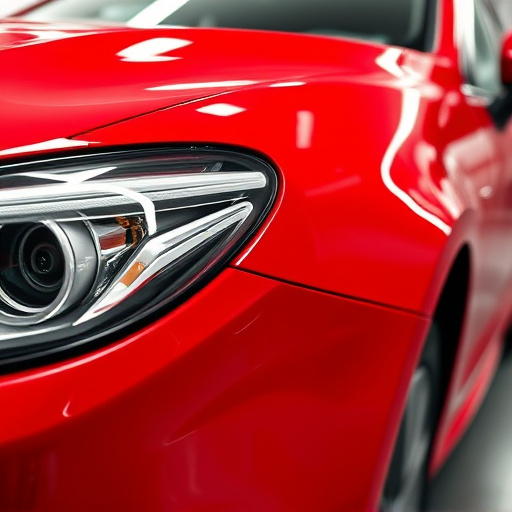Paintless dent repair (PDR) is a technique saving time and costs by removing dents without repainting, preserving original factory finishes. Skilled technicians use tools to reshape panels for minor to moderate dents, leaving no visible repair marks. While effective for simple damage, PDR may not fix deeper issues, requiring alternative methods for complex repairs.
“Unraveling the mysteries of paintless dent repair (PDR) – a popular yet often misunderstood technique in automotive care. This article aims to provide a comprehensive guide, demystifying the process and separating fact from fiction. From understanding the basics of PDR to revealing common myths, we explore its advantages and limitations. Discover how this innovative method repairs dents without painting, offering a cost-effective and time-saving solution for car owners. Dive into this insightful guide to make informed decisions regarding your vehicle’s dent repair.”
- Understanding Paintless Dent Repair: The Basics Unveiled
- Debunking Common Myths: Separating Fact from Fiction
- Advantages and Limitations: A Realistic Perspective
Understanding Paintless Dent Repair: The Basics Unveiled

Paintless dent repair is a groundbreaking approach to car bodywork services that involves skilled technicians using specialized tools and techniques to remove dents and dings from vehicle surfaces without damaging the paint or requiring extensive repainting. Unlike traditional body shop services, this method preserves the original factory finish, making it a popular choice for those seeking high-quality, cost-effective repairs. The process begins with an assessment to determine the extent of the damage. Technicians then use tools like pneumatic tools and specialized mallets to gently push the dent back into place, restoring the car’s panel to its original shape.
This innovative auto glass repair technique is particularly effective for minor dents, scratches, and even some larger dings that haven’t compromised the integrity of the paint. By avoiding the need for sanding, priming, and painting, paintless dent repair not only saves time but also minimizes the potential for color mismatches or other issues that can arise during traditional body shop services. As a result, many car owners prefer this method for its ability to restore cars to like-new conditions while offering significant savings on labor costs.
Debunking Common Myths: Separating Fact from Fiction

Many people confuse paintless dent repair (PDR) with simply rubbing away dents or scratches on a vehicle’s surface. A common myth is that it doesn’t require specialized tools and techniques, but this couldn’t be further from the truth. PDR involves precise manipulation of the car body using specialized equipment to return it to its original condition without damaging the paintwork. It’s not about hiding dents; instead, it’s a meticulous process that restores the vehicle’s appearance.
Another misconception is that PDR can fix any dent or scratch, no matter their size or depth. While PDR is highly effective for minor dents and scratches on a car’s panel, it may not be suitable for more extensive damage. A professional car body shop will always assess the damage to determine if PDR is the best course of action. Unlike some auto repair services that leave visible signs of repairs, PDR aims to restore vehicles to their pre-incident state, making them virtually indistinguishable from new.
Advantages and Limitations: A Realistic Perspective
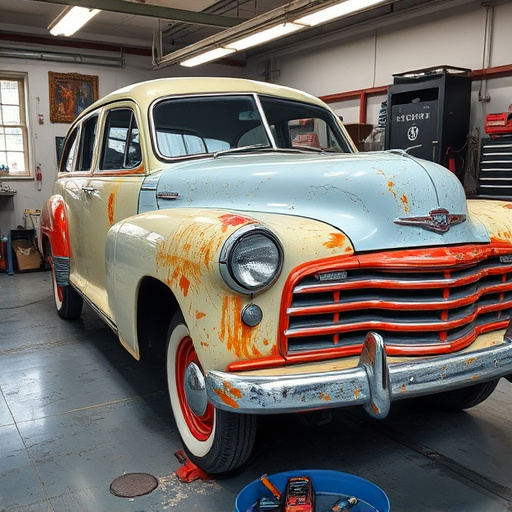
The paintless dent repair method has gained popularity as an innovative solution for car body repairs, offering a unique approach to restoring damaged vehicles. This technique, often referred to as PDR, is praised for its ability to fix dents and dings without the need for traditional repainting. One of its primary advantages is cost-effectiveness; by eliminating the repainting process, PDR can save vehicle owners significant expenses compared to conventional automotive body work. Additionally, it preserves the original factory finish, ensuring the car retains its aesthetic value and resale potential.
However, despite these benefits, there are limitations to consider. Paintless dent repair is most effective for minor dents and scratches; deep or complex damage might require more extensive techniques, including painting. The method also demands specialized tools and skills, which can be a challenge for those without proper training. Moreover, the time required for PDR can vary, sometimes taking longer than expected, especially for larger areas of damage. Nonetheless, with continuous advancements in technology and techniques, the paintless dent repair method continues to evolve, offering a viable and appealing option for vehicle dent repair.
The paintless dent repair method has gained popularity as an innovative solution for vehicle damage. By understanding its basics, debunking myths, and recognizing both advantages and limitations, car owners can make informed decisions about this unique approach to dent removal. Paintless dent repair offers a precise, non-invasive technique that preserves the vehicle’s original finish, making it an attractive option for those seeking high-quality, cost-effective solutions.


